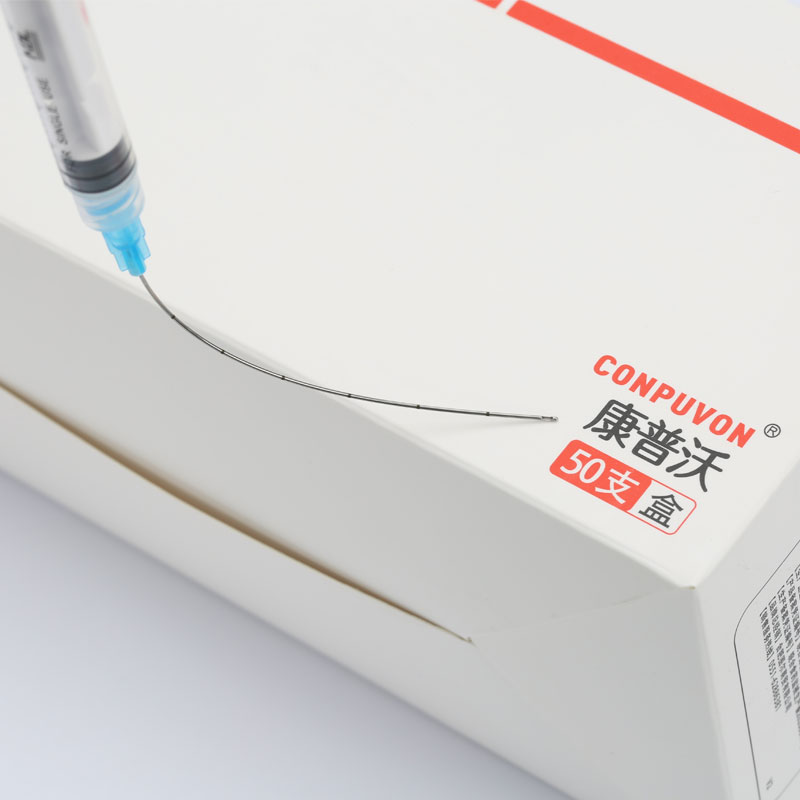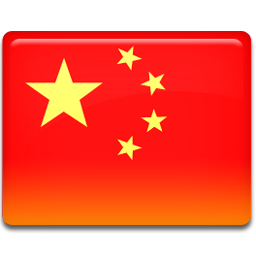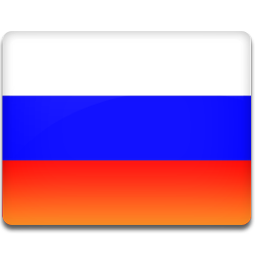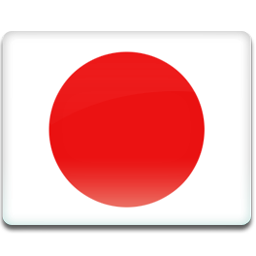Blunt hypodermic needles have gained prominence in both medical and cosmetic fields, offering a safer alternative to traditional sharp needles. Their development and application have evolved significantly, driven by advancements in medical technology and the growing demand for precision and patient comfort. This article delves into the specifics of blunt hypodermic needles, their advantages, and market dynamics, including wholesale sourcing and manufacturing.
Introduction to Blunt Hypodermic Needles
● Definition and Purpose
Blunt hypodermic needles are designed with a rounded, non-cutting tip, contrasting sharply with the traditional sharp needles that penetrate tissue. These needles are primarily used for procedures where tissue penetration is not required, such as fluid extraction from or injections into IV access ports. Their primary purpose is to reduce tissue damage and enhance patient comfort during medical procedures.
● Overview of Usage in Medical Settings
Blunt needles are prevalent in various medical applications, such as administering medication through catheters and accessing implanted ports. In the aesthetic industry, they are pivotal in reducing trauma during procedures, contributing to quicker recovery and enhanced user experience.
Understanding Needle Diameter and Gauge
● Explanation of Gauge System
The needle gauge system is an essential aspect of needle design, indicating the diameter and, consequently, the flow rate potential of the needle. A higher gauge number represents a smaller diameter. Understanding the diameter and gauge is crucial for selecting the appropriate needle for specific medical or cosmetic purposes.
● Impact of Diameter on Needle Function
The diameter impacts not only the flow rate of fluids but also the degree of discomfort experienced by patients. Larger diameters may allow quicker fluid transfer but can increase discomfort if not necessary for the specific application. Therefore, selecting the right gauge ensures optimal balance between functionality and patient comfort.
Exploring Needle Length Variations
● Common Lengths and Their Applications
Blunt hypodermic needles come in a variety of lengths to suit various medical applications. Common lengths range from 0.5 to 2 inches, accommodating different procedures from superficial to deeper tissue access. Selection depends on the specific needs of the procedure and the type of drug administration involved.
● Importance of Length in Medical Procedures
Length is a critical factor as it determines how far a needle can reach into the tissue. For instance, longer needles are required for accessing deep-seated veins or administering larger volumes of medication, whereas shorter needles are preferable for superficial injections.
Applications of Different Needle Sizes
● Suitable Sizes for Various Fluid Types
The choice of needle size is influenced by the fluid type—viscous solutions require larger diameters to facilitate flow, while smaller diameters suffice for thin liquids. Understanding the fluid dynamics ensures effective and efficient medication delivery.
● Importance of Selecting the Right Size for Patient Care
Accurate needle sizing is crucial for minimizing patient discomfort and avoiding complications during medical procedures. It ensures that the procedure is both effective and aligns with patient-centric care principles.
5. Blunt Needles for Fluid Extraction
● Techniques for Fluid Extraction
Blunt hypodermic needles are extensively used in fluid extraction procedures where direct tissue penetration is not required. They are employed in drawing samples from IV ports or delivering medication through established lines.
● Benefits of Using Blunt Needles
The primary advantage of using blunt needles in fluid extraction is their reduced risk of accidental needlestick injuries. They also minimize tissue irritation and damage, contributing to improved patient recovery and overall experience.
Blunt Needles for Injections
● Use in Administering Medication
Blunt needles are integral in the administration of medication, particularly in scenarios involving existing catheter systems. They enable medication delivery without the need for new puncture sites, thereby reducing patient discomfort and risk of infection.
● Patient Comfort Considerations
Patient comfort is significantly enhanced with blunt needles due to their non-penetrative nature. They are designed to slide through existing channels, mitigating the fear and discomfort often associated with needle-based procedures.
Advantages of Blunt Needles Over Sharp Needles
● Tissue Damage Reduction
Blunt needles are specifically designed to minimize tissue trauma. Unlike sharp needles, which pierce through tissue, blunt needles follow pre-existing pathways, reducing the risk of bruising, bleeding, and other tissue damage.
● Comparison with Sharp Needle Applications
While sharp needles are necessary for some procedures, blunt needles are preferred for applications where minimizing tissue interaction is crucial. Their design inherently reduces risk, making them ideal for delicate procedures and frequent injections.
Factors Influencing Needle Selection
● Patient-Specific Considerations
Selecting the right needle involves a comprehensive understanding of patient-specific factors such as age, health condition, and the nature of the procedure. For example, pediatric and geriatric patients may require specialized needle types to accommodate their unique physiological needs.
● Medical Procedure Requirements
The specific requirements of the medical procedure significantly dictate needle selection. Procedures involving sensitive or vascular areas benefit from blunt needles due to their reduced risk of tissue damage and patient discomfort.
Safety and Efficacy of Blunt Needles
● Safety Protocols in Medical Practice
Safety is a paramount concern in medical practice, and the use of blunt hypodermic needles aligns with established protocols to minimize risk. Their design inherently reduces incidents of needlestick injuries, enhancing the safety of both patients and healthcare professionals.
● Research and Studies Supporting Blunt Needle Use
Numerous studies underscore the efficacy of blunt needles in reducing procedural complications and improving patient outcomes. Research indicates that blunt needles significantly lower the incidence of adverse reactions and improve the overall success of medical procedures.
Future Trends in Blunt Needle Development
● Innovations in Needle Technology
The field of hypodermic needle technology is witnessing significant advancements with the integration of innovative materials and designs. Future trends indicate a move towards even more patient-friendly models, with enhanced flexibility and functionality.
● Potential Future Applications in Medicine
Blunt needles are poised to play a crucial role in future medical applications, particularly with the growth of minimally invasive procedures. Their potential for reducing patient trauma and improving procedural efficiency presents exciting opportunities for the medical field.
Conclusion
Blunt hypodermic needles represent a critical advancement in medical technology, offering a safer, more comfortable alternative to traditional needles. Their versatility and adaptability make them indispensable in both medical and cosmetic domains. Whether sourced through wholesale suppliers, manufacturers, or factories, the right choice of blunt hypodermic needles can significantly influence procedural success and patient satisfaction.
conpuvon: A Leader in Medical Aesthetic Needles
Zhongsheng Medical Technology CO.,LTD, headquartered in Jiangsu, China, leads in the production of medical aesthetic needles under the renowned brand CONPUVON. With nine global branches, the company provides convenient services and a wide range of medical and cosmetic products. Conpuvon specializes in OEM/ODM blunt tip needles, delivering optimal solutions for clinics and salons while also offering comprehensive beauty accessories for distributors.
Post time: 2025-02-25 01:11:05













